#salon auto
Text

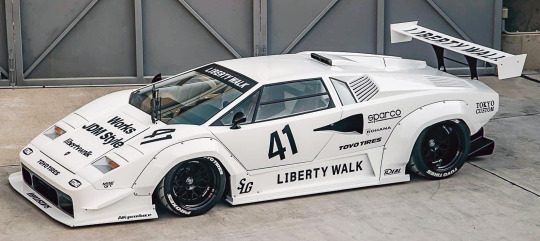



Lamborghini Countach Widebody, 2024, by Liberty Walk. The Japanese tuner are offering a bodykit that extensively modifies the classic Italian supercar. Shown at the Tokyo Auto Salon, the modified Countach rides on deep-dish Rohana Forged wheels with Y-shaped spokes and Toyo tires
816 notes
·
View notes
Text

Tokyo Auto Salon 2008
#tokyo auto salon#black leather gloves#leather gloves#gloves#black dress#scarf#earrings#asian beauty#asian#race queen#fashion
20 notes
·
View notes
Text

Aya Kusunoki, Subaru Booth, Tokyo Auto Salon 2024
23 notes
·
View notes
Text
#hks_japan#HKS#Nobuteru Taniguchi#automotive#design#hks japan#Tune The Next#powered by hks#hks power#tas 2024#tokyo auto salon 2024#tas#tokyoautosalon#jdm cars#jdm#color#style#video#skyline r32#r32#skyline#nissan
24 notes
·
View notes
Photo


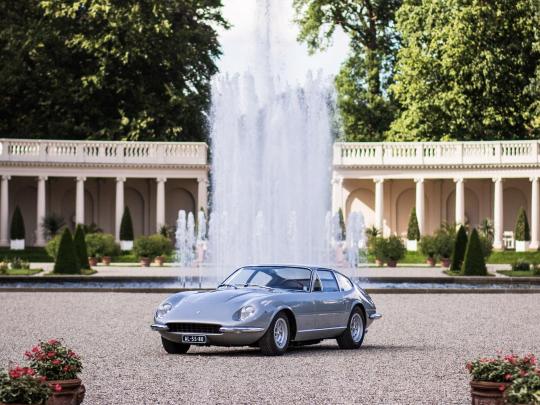



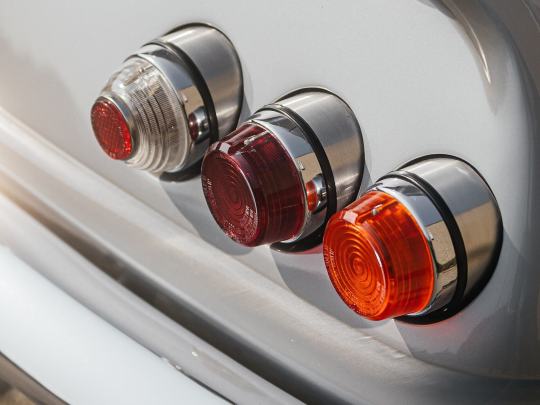
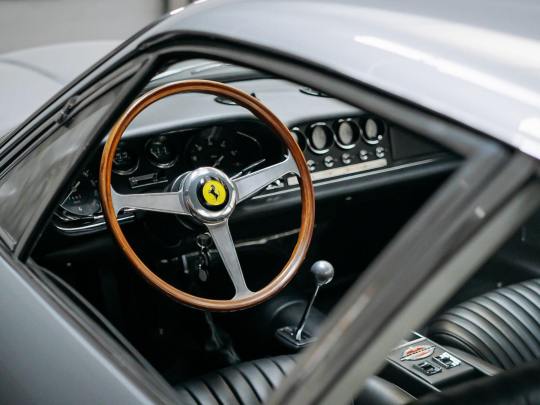


Ferrari 365 GTB/4 Daytona (very first) Prototype by Scaglietti
In the late 1960s, it seemed as if the performance car world was at a crossroads. With the introduction of Lamborghini’s P400 Miura and its revolutionary mid-engined design, some thought this design would be the future for the upper echelons of performance cars, and that front-engined cars would begin to fade from popularity.
Spurred on by the success of the Miura, Ferrari knew that the replacement of the 275 GTB/4 needed to be something spectacular and new in order to take the fight to Lamborghini. Rather than move to a mid-engined format, it was decided that the front-engined V-12 platform would remain, alongside coachwork penned by Pininfarina. Quite simply, if it works for you and your clients, why go about reinventing the wheel? After all, this is what Ferrari had built their reputation on, and there was no one better at building twelve-cylinder, front-engined GT cars than Ferrari. They were not to be outdone by this team of renegades at Lamborghini, headquartered just down the road from Maranello!
Chassis number 10287 was the genesis of that new model of Ferraris and the Scuderia’s fighting back against the Lamborghini and the Miura. At first glance to the casual observer, the car offered here seems to tread the line between a 275 GTB/4 and a 365 GTB/4 Daytona. Visual cues to both can be seen and some design elements seem to have blended together, but this car is far more than a design study to determine Ferrari’s future. A total of six 365 GTB/4 prototypes would be built, but this example, as the first, remains the most recognizable, the most unique, the most significant, and is undoubtedly the most desirable.
Chassis number 10287 is that of a Tipo 596 chassis, the same type which was used for the 275 GTB/4, made of tubular steel and a wheelbase measuring 2,400 mm (a wheelbase length shared by both 275 GTB/4 and 365 GTB/4). At its heart is a completely unique Lampredi engine, one that would not be seen in any other Ferrari road car at the time. Designated Tipo 243 internally, it is fitted with dry sump, three-valve heads rather than the usual four valves per cylinder, dual ignition, twin spark plugs per cylinder, and is topped with six Weber 40 DCN18 carburetors. The block itself is based on that of a 330 GT but has been bored out to 4,380 cc. What is worth noting about this completely unique and radically redesigned engine is that it bears similarities to the engines found in the 330 P4 prototype racers, the race car that won numerous races and earned its place in the history books after their memorable 1-2 finish with a 412 P coming in third at the 1967 24 Hours of Daytona. These racing cars also have double inlet valves with one exhaust valve per cylinder.
Aesthetically, the design in front of the windshield was similar to that of a 275 GTB/4, albeit with a slightly stretched and flattened nose, still boasting covered headlights and a bonnet with a central bulge similar to a 275 GTB/4. The shape of the tail section of the bodywork is instantly recognizable to anyone familiar with a Daytona, utilizing 275 GTB/4 boot hinges and a full-width rear chrome bumper. Chassis number 10287's side profile is most evocative of the production Daytona, and allegedly what Enzo Ferrari loved most about this particular prototype, featuring a near identical rear ¾ section and roofline. Looking at the nose and bonnet, similarities can be seen between this and Jaguar’s E-Type.
Once completed in early 1967, 10287 saw extensive factory testing at the Modena Autodrome over the course of that year. It was first registered on May 8, 1968, wearing Italian number plates ‘Roma B 85391’ through the official Ferrari dealer in Rome, Motor S.a.s. di Carla Allegretti e C, noting a sales price of 8,000,000 Italian Lira. It is interesting to note that, at the time, this was similar in price to a new 275 GTB/4, but by that time, the production version of the 365 GTB/4 Daytona had yet to be introduced, this being about five months before the 1968 Paris Auto Salon.
#Ferrari 365 GTB/4 Daytona#Prototype#Scaglietti#lamborghini p400 miura#275 GTB/4#Pininfarina#v12#Lampredi#Enzo Ferrari#Paris Auto Salon#24 Hours of Daytona
128 notes
·
View notes
Text










Cool stuff at the Tokyo Auto Salon '99, covered in Video Option V OPT 059 2
7 notes
·
View notes
Video
Renault 5 Turbo 2 - 1983 by benoits15
8 notes
·
View notes
Text



GR Corolla at Tokyo Auto Salon 2023
77 notes
·
View notes
Text

instagram

instagram

instagram

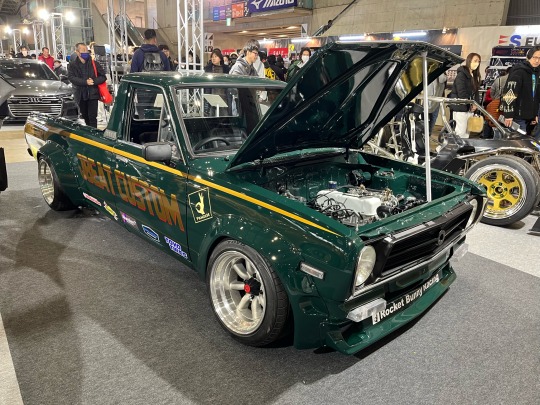
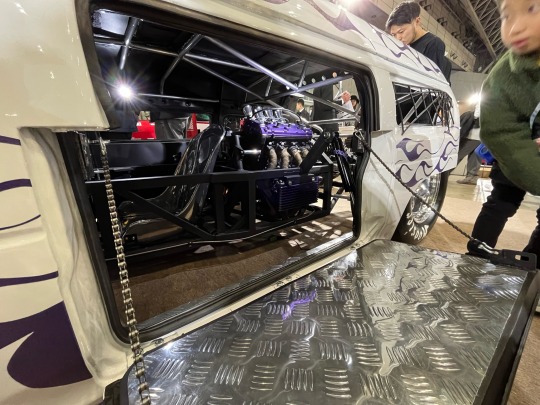
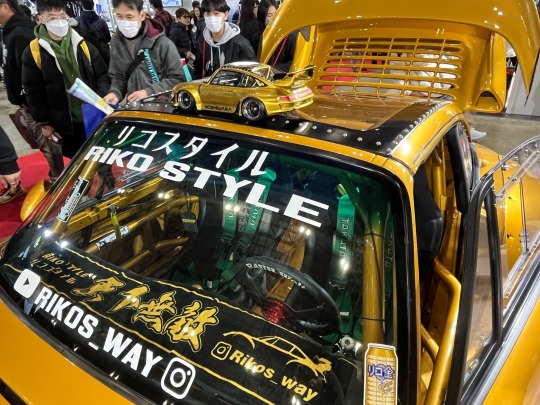
instagram
instagram
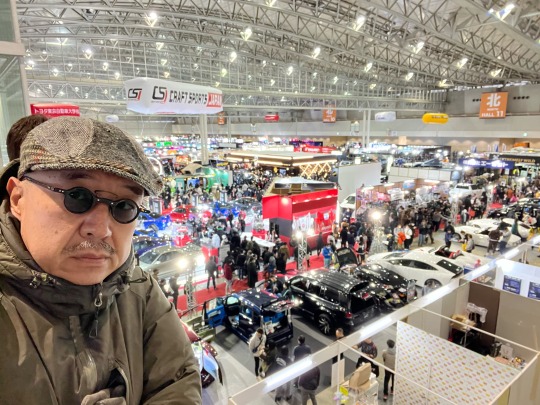
2024/1/14 東京オートサロン2024@幕張メッセ

10 notes
·
View notes
Text




Autozam AZ-1 "F40," 2024, by Liberty Walk. For this year's Tokyo Auto Salon the Japanese Tuner have revealed a bodykit for the Mazda/Autozam AZ-1 that takes inspiration from the Ferrari F40. The kit costs $22,660, and the wheels are an additional $14,300 and of course you need an AZ-1 donor car.
#Liberty Walk#Autozam AZ-1#Mazda AZ-1#F40#Liberty Walk F40#kei car#gullwing doors#tribute car#replica#Ferrari F40#Autozam F40#Tokyo Auto Salon#2024#bodykit#Tokyo Auto Salon 2024
655 notes
·
View notes
Text

#black leather gloves#leather gloves#gloves#boots#thigh boots#black dress#scarf#car#race queen#asian beauty#asian#tokyo auto salon#fashion
14 notes
·
View notes
Text
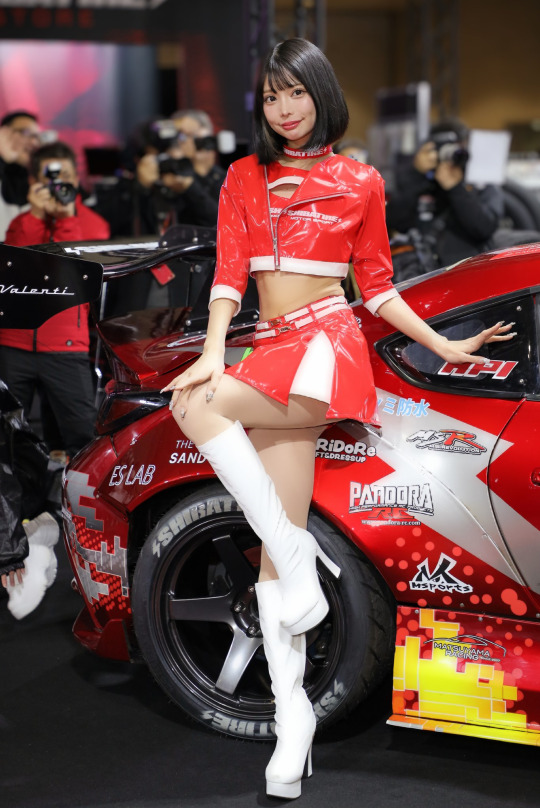
Miyu Yonekura, Shibatyre Booth, Tokyo Auto Salon 2024
12 notes
·
View notes
Text




It's been a while - forgive me. I was fortunate enough to travel to Japan for my first ever trip overseas, in time for Toyko Auto Salon and some surrounding events. Enjoy this preview of what I have to share ;)
Source: @icemanxe10
#japan#skyline#r32#toyota century#v12#TAS2024#tokyo auto salon#Umihotaru PA#s chassis#s15#advan rg#hiace#vip#work wheels#work emitz
3 notes
·
View notes
Photo
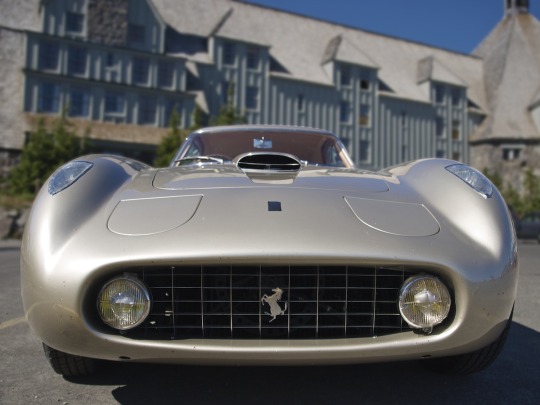
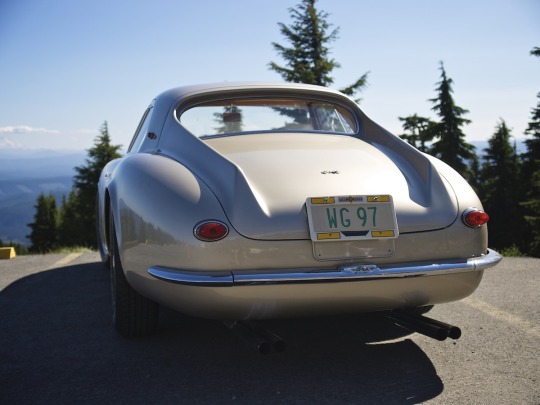

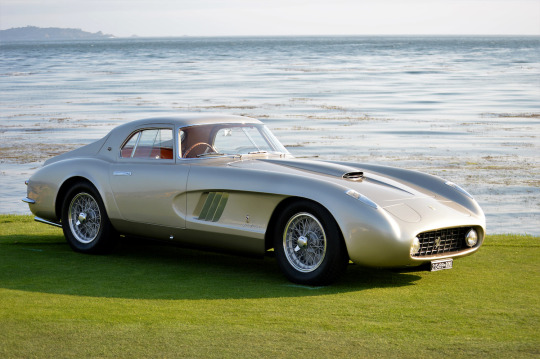
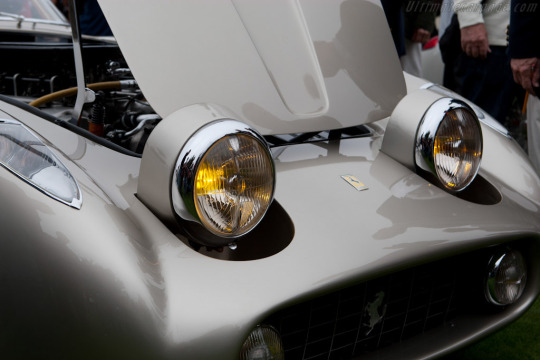


Ferrari 375 MM “Ingrid Bergman Coupé” Speciale
In 1953-1954 Ferrari built the 375MM (Mille Miglia) to conquer the racing World Sportscar Championship. While the majority were built for competition a few (about five) were made for the street and called Speciales.Film director Roberto Rosselini had one of the best known romances with Swedish actress Ingrid Bergman who eventually became his wife. He commissioned the 1954 Pininfarina Ferrari 375MM Coupé Speciale as a gift for Bergman, hence calling it the “Bergman Coupé”, even though she never received the car. It made its first public appearance at the Paris Salon Auto Show in 1954 before being delivered to Roberto Rossellini.Whether it was a publicity stunt or an actual gesture of love (or both) the car is an amazing sight much like the beautiful actress. Regardless of how the conversations went prior to starting construction any reason was a good reason to build it and a clever story to boot. The one-off car has covered headlights that “pop up” which were very modern for 1954 and side coves that were copied on the 1956 Corvette, it also has a rear hatchback. The gold paint is appropriately called Grigio Ingrid.Rosselini was on a roll and being an avid Ferrari owner he had a Ferrari 375MM Pininfarina spyder that had suffered an accident so he sent the car to coach builder Sergio Scaglietti to make a coupé for the street. The 1954 Mercedes 300SL gullwing was a styling influence and can be seen in the cab shape and back end of Scaglietti’s design.
#Ferrari 375 MM#Mille Miglia#Roberto Rosselini#Ingrid Bergman#pininfarina#Paris Salon Auto Show#one off
90 notes
·
View notes

